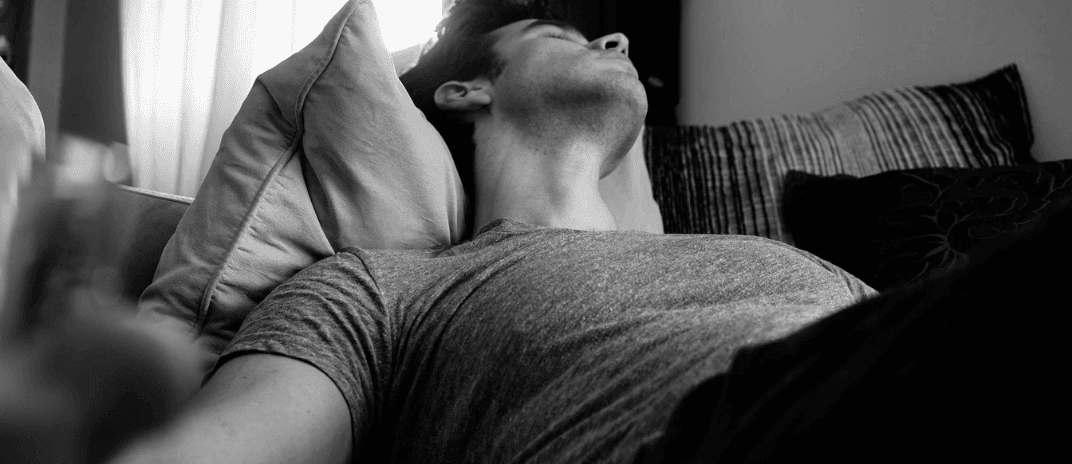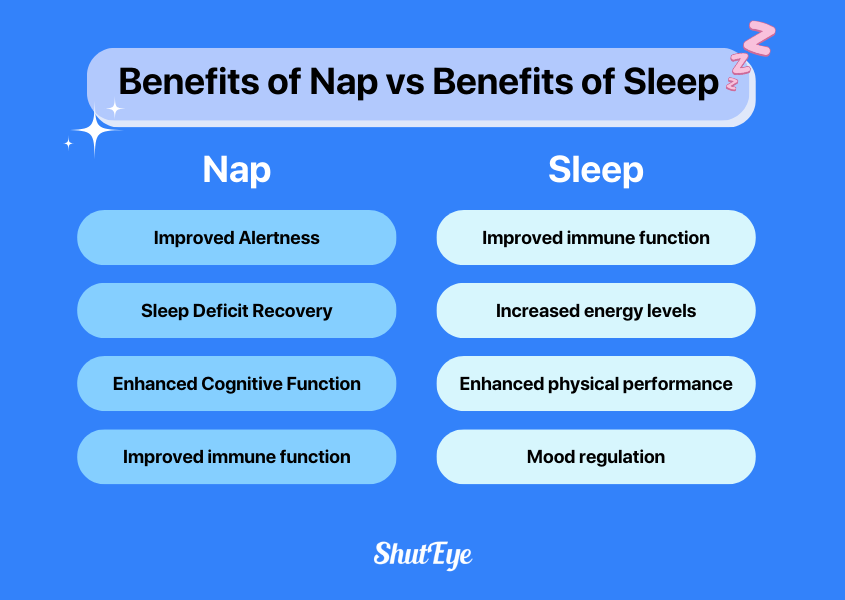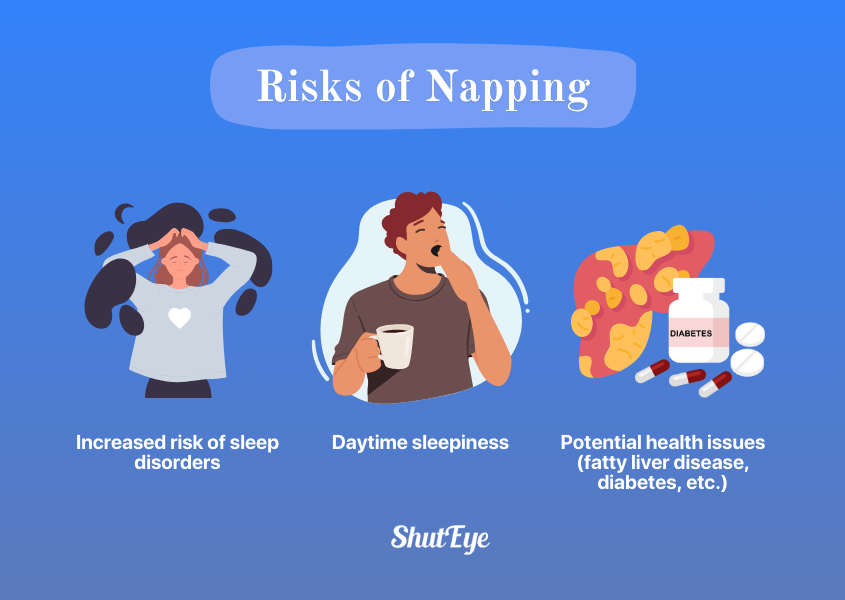


Do you ever feel tired and need a quick recharge during the day? Wondering if a midday nap could be a suitable alternative to a full night’s sleep? This article explores the difference between a nap vs a full night’s sleep.
Napping and sleeping serve unique purposes, with naps lasting 20 to 90 minutes and a full night’s sleep encompassing multiple sleep cycles. Understanding these differences can help you make informed decisions about recharging your body and mind.
Discover the benefits, drawbacks, and tips for optimal napping in this article.
Napping is a brief period of rest that you can take during the day, usually occurring infrequently. Naps are usually short, lasting about 10 to 30 minutes. In longer cases, it may last up to 90 minutes.
Sleep, on the other hand, refers to an extended state of rest during the night. It involves a full sleep cycle consisting of four stages of sleep: Stage 1, Stage 2, Stage 3 (delta sleep), and Stage 4 (REM sleep). Without consistent sleep, it may lead to sleep deprivation and impaired performance.It’s important to prioritize sleep quality and ensure an adequate amount of sleep to maintain overall well-being.

When it comes to duration differences between nap and sleep, you should consider the benefits as well. Napping can be a beneficial way to recharge and improve cognitive function, but the length and timing of your nap can affect its effectiveness.
To help you understand the best nap length and timing for your daily nap, here is a table with some recommendations:
| Nap Length | Benefits |
|---|---|
| 10-20 minutes | Boosts alertness and reduces fatigue |
| 20-90 minutes | Cycles through all stages of sleep, enhancing memory and creativity |
A short nap of around 20 minutes can provide a quick energy boost without entering deep sleep. On the other hand, a longer nap of about 90 minutes allows for a complete sleep cycle, including both deep sleep and REM sleep, which can improve memory and creativity. However, it is important to note that napping too close to your bedtime or for too long can disrupt your sleep schedule. Finding the best nap length and timing for you can help optimize the benefits of napping while ensuring a good night’s sleep.
Napping can offer a variety of benefits, both for your physical health and mental well-being. Here are the key advantages of incorporating naps into your routine:

Sleeping is vital for our health and overall well-being. Here are key advantages of getting enough sleep each night:

Experiencing drawbacks and risks, napping for extended periods of time can have negative effects on your health. It’s important to be aware of these potential risks before incorporating regular napping into your routine. Here are three drawbacks and risks of napping:
1. Increased risk of sleep disorders: Napping for too long or too frequently can disrupt your natural sleep-wake cycle, leading to difficulties falling asleep at night and potential sleep disorders.
2. Daytime sleepiness: While naps can provide a quick energy boost, napping for too long can leave you feeling groggy and more tired throughout the day.
3. Potential health issues: Studies have shown that longer naps are associated with higher risks of health issues such as high blood pressure, non-alcoholic fatty liver disease, and even type 2 diabetes.

While napping can be beneficial in certain situations, it’s important to consider these drawbacks and risks to make informed decisions about your sleep habits.

During naps, you typically experience sleep in stages, including Stage 1, Stage 2, Stage 3, and Rapid Eye Movement (REM) sleep. These stages of sleep play a crucial role in the quality of your nap.
| Sleep Stage | Characteristics |
|---|---|
| Stage 1 | Light sleep, easily awakened |
| Stage 2 | Deeper sleep, body temperature drops |
| Stage 3 | Deep sleep, difficult to wake up |
| REM sleep | Active brain, vivid dreams |
Short naps may not reach Stage 3 or REM sleep, making it easier to wake up feeling refreshed. On the other hand, longer naps can cause deep sleep, leading to grogginess when woken up. Unlike a full night’s sleep, napping does not allow for multiple sleep cycles. The length of a nap determines the stages of sleep experienced. By understanding how sleep works during naps, you can tailor your nap duration to maximize its benefits and avoid feeling excessively sleepy afterward.
To optimize your nap experience, consider the following tips:
1. Choose the right time: The best time to take a daytime nap is in the early afternoon, around 1-3 pm. This aligns with the body’s natural circadian rhythm and can help prevent interference with nighttime sleep.
2. Keep it short: Aim for a nap length of around 10 to 20 minutes to boost alertness without entering deep sleep. Longer naps of about 90 minutes can cycle through all stages of sleep, but be cautious as they may cause grogginess upon waking.
3. Create a sleep-friendly environment: Find a cool, quiet, and dark place for uninterrupted napping. Setting an alarm is essential to prevent oversleeping and disrupting your sleep patterns.
Following these tips can help you reap the benefits of a good nap while maintaining healthy sleep hygiene.
In conclusion, it’s important to find a balance and listen to your body’s needs when it comes to rest.
Whether it’s a quick nap or a full night’s sleep, prioritize taking care of yourself and getting the rest you need. Pay attention to your body’s signals and adjust your sleep schedule accordingly. Remember that quality rest is vital for your physical and mental health.